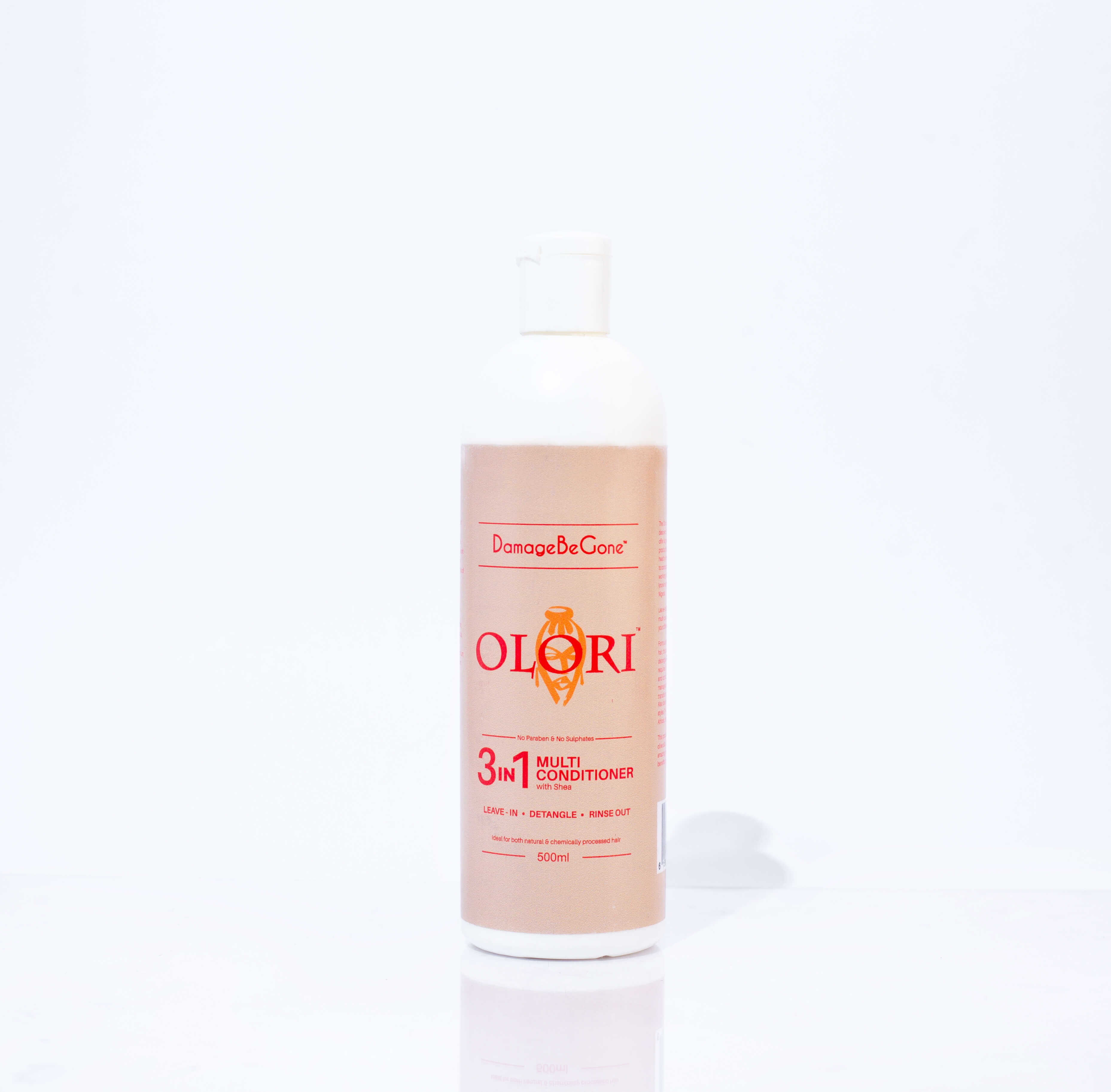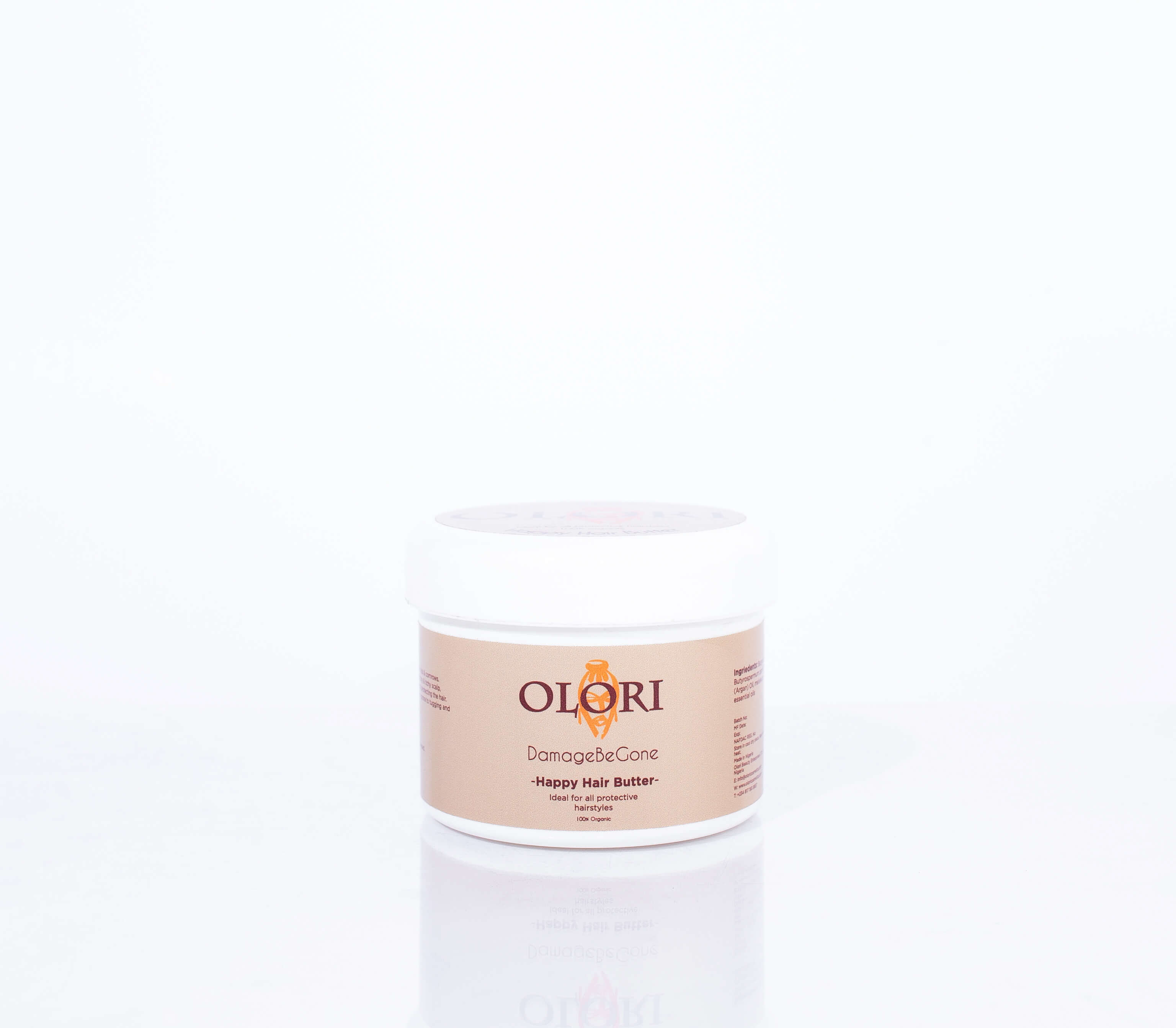Relaxed Hair
Relaxed hair is Afro-textured hair which has been chemically treated with a relaxer, regardless of the amount of relaxer which has been used. Relaxed hair is falsely advertised as being hair which has been chemically straightened, however, the term also encompasses texturised hair: hair which has been had its curls chemically loosened.
Relaxed hair tends to fall between the 1A and 3C range, so it can be straight, wavy, curly or even a little coily. Relaxed hair appears a lot less dense than natural hair as the relaxing process straightens one’s hair out, thus reducing the amount of space it takes up. The chemicals used in relaxers can be harsh, so they can occasionally result in minor hair loss, which also contributes to relaxed hair appearing less dense.
Porosity tends to increase with the use of chemical relaxants in one’s hair, so relaxed hair is often high porosity.
The high porosity tendency of relaxed hair, as well as the actual process of relaxing one’s hair (which can be a drying process that usually needs to be undergone every 8 weeks), means that relaxed hair can often be quite dry and brittle if not taken care of properly. This does not in any way mean that relaxed hair is unhealthy hair. This is a false stereotype of relaxed hair; relaxed hair can be healthy or unhealthy, just like natural hair. It’s a matter of how you take care of it.

Our first tip for relaxed hair is to get it done by a professional. Don’t ever ever do it yourself. Professionals know exactly what to do to keep your hair as healthy as possible, so they’re your best (and only) bet at maintaining healthy relaxed hair.
Caring for relaxed hair:
Moisturising relaxed hair isn’t usually too difficult, as your hair is often normal or high porosity, meaning it’s easy to get moisture into its strands. The real trouble lies in the fact that this also means that it’s pretty easy for moisture to get out, too. Use the LOC (Liquid Conditioner, Oil, Cream Conditioner) method to moisturise your hair.
LOC Interlude: The LOC method is lauded as the most effective way of properly moisturising Afro-textured hair. It’s pretty simple, LOC stands for Liquid, Oil and Cream, and it can be used on hair of all curl patterns, including relaxed hair! The method goes as follows: hydrate your hair with a water-based product (Liquid), lock in that hydration by moisturising with an oil-based product (Oil) and seal the hair cuticle with a cream product (Cream).
LOC is the standard form, but there’s a couple of variations on this moisturisation method:
- LCO: This stands for Liquid, Cream and Oil. It’s the exact same steps as in the LOC method, just in a different order. This method is recommended for low porosity hair as the use of Cream before the Oil increases the amount of moisturisation being put into one’s hair before sealing the cuticle. Low porosity hair types are more difficult to get moisture into, but manage to keep it tightly locked in, so the LCO method puts the emphasis on hydration and moisturisation as opposed to sealing it in.
- LO: This is simply Liquid and Oil. It’s recommended for medium porosity hair, as this hair type absorbs and releases at an intermediate rate, so it doesn’t need too much moisturisation or too much locking in. Just a little of each is perfect.
The standard LOC method is highly recommended for high porosity hair as both the O and the C steps to the method contribute to barricading the moisture in.
Finally, on moisturising your hair, we recommend using a steam cap to deep condition and/or warming up your conditioners before you apply them.
In addition to this, make sure you get regular trims to get rid of split ends and prevent further damage. Also, be sure to oil your scalp regularly.
It’s important to note that relaxed hair can be more prone to damage due to it being constantly chemically treated. It’s important to wrap it up and protect it wherever possible, by using bonnets or satin pillowcases at night and putting it in protective styles.
Achieve this with the following OLORI products:
- For hydrating and moisturising: DamageBeGone 3-in-1 Multi Conditioner
- For sealing and oiling: DamageBeGone Happy Hair Butter
- For deep conditioning: DamageBeGone Deep Conditioner

Protective styling:
Although protective styling may be seen as being synonymous with natural hair, it has a ton of benefits for relaxed hair too! Not only does it support your hair in locking in moisture, but it also prevents tangling and breakage. Style your hair in any low/medium-manipulation braided or twisted hairstyle, whilst being sure to take it down and detangle every couple of weeks to prevent knotting. Use a spray bottle filled with a mixture of leave-in conditioner, your choice of oil and water to moisturise your hair while still in its protective style.
Achieve this with the following OLORI products:
- For sealing: DamageBeGone Happy Hair Butter
- For your spray bottle: DamageBeGone 3-in-1 Multi Conditioner
Wash Day
Start by parting your hair into two sections. Heavily moisturise both sections and detangle them as you go along, using your fingers, then a wide-toothed comb then a small toothed comb. It’s important to take a lot of care when detangling relaxed hair, as your ends can be prone to intertwining.
Once each section is detangled, go ahead and work your favourite shampoo into your hair, focusing it on your scalp and the hair closest to your head. Once you feel your hair is sufficiently lathered, rinse this out.
Deep condition your hair; we recommend spending 20 to 40 minutes on this step and repeating this every two weeks. Wash this out with a small amount of shampoo, then finally moisturise your wet strands using the LOC method and pop your hair into a simple style, such as a bun or big twists. You’re done!
Achieve this with the following OLORI products:
- For shampooing: DamageBeGone Conditioning Shampoo
- For detangling, hydrating and moisturising: DamageBeGone 3-in-1 Multi Conditioner
- For deep conditioning: DamageBeGone Deep Conditioner
- For sealing: DamageBeGone Happy Hair Butter








